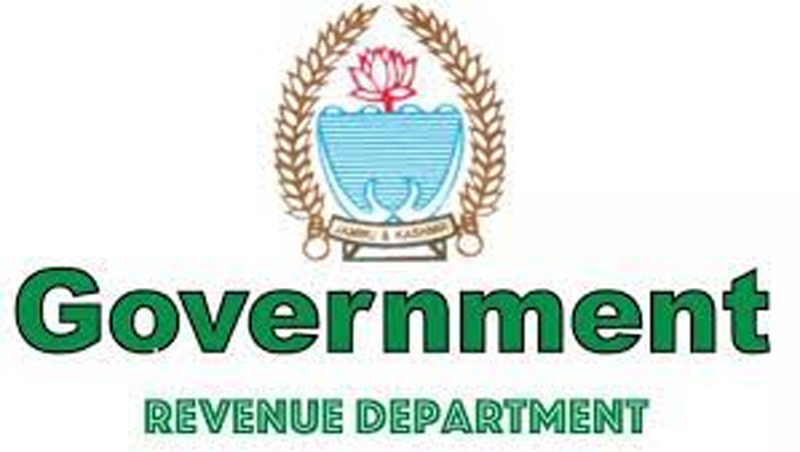In a momentous triumph within the delineation process of Gair Mumkin Khad lands, the Revenue Department of the Jammu and Kashmir Government issued unequivocal directives for the demarcation of lands situated outside water courses in the conjoined districts of Samba and Kathua. Employing an intricate and rigorous scientific methodology, an exhaustive exercise has led to the identification of land exceeding 8000 kanals. J&K grapples with a myriad of intricate land-related quandaries, primarily stemming from the discordant interface between disparate Government Departments, notably the Revenue and Forest Departments. The upshot of this discord is the circumscribed availability of officially sanctioned land for multifarious developmental endeavours. The gravity of this predicament is underscored by the severe impediment it poses to pivotal projects, including housing initiatives and the establishment of industrial estates. The burgeoning population necessitates the establishment of residential colonies, yet the stark reality is that only a scant few parcels of land are officially earmarked for such exigencies. A parallel predicament afflicts the development of industrial estates, where prospective investors encounter the bottleneck of a paltry land reservoir.
Compounding these challenges is the antiquated state of the revenue record, replete with inaccuracies, wherein numerous water bodies have undergone metamorphic alterations-either vanishing altogether, altering their courses, or dwindling precipitously in size. The revenue staff is cognizant of these veritable anomalies, prompting the surreptitious sale of Gair Mumkin Khads. Seizing the opportunity to rectify this systemic malaise, Lieutenant Governor issued unequivocal directives to identify all latent land reservoirs and effectuate their delineation. A prodigious 13,000 kanals of land stand meticulously delineated and reclassified into diverse categories, thereby constituting a substantial corpus of land for sustained developmental initiatives. This epochal development heralds a profound stride towards substantive land reforms. Concurrently, the ongoing digitization of land records augurs the prospective delineation of additional land reservoirs. The corollary of this concerted effort portends not only the amelioration of developmental bottlenecks but also the generation of consequential revenue in the foreseeable future.


